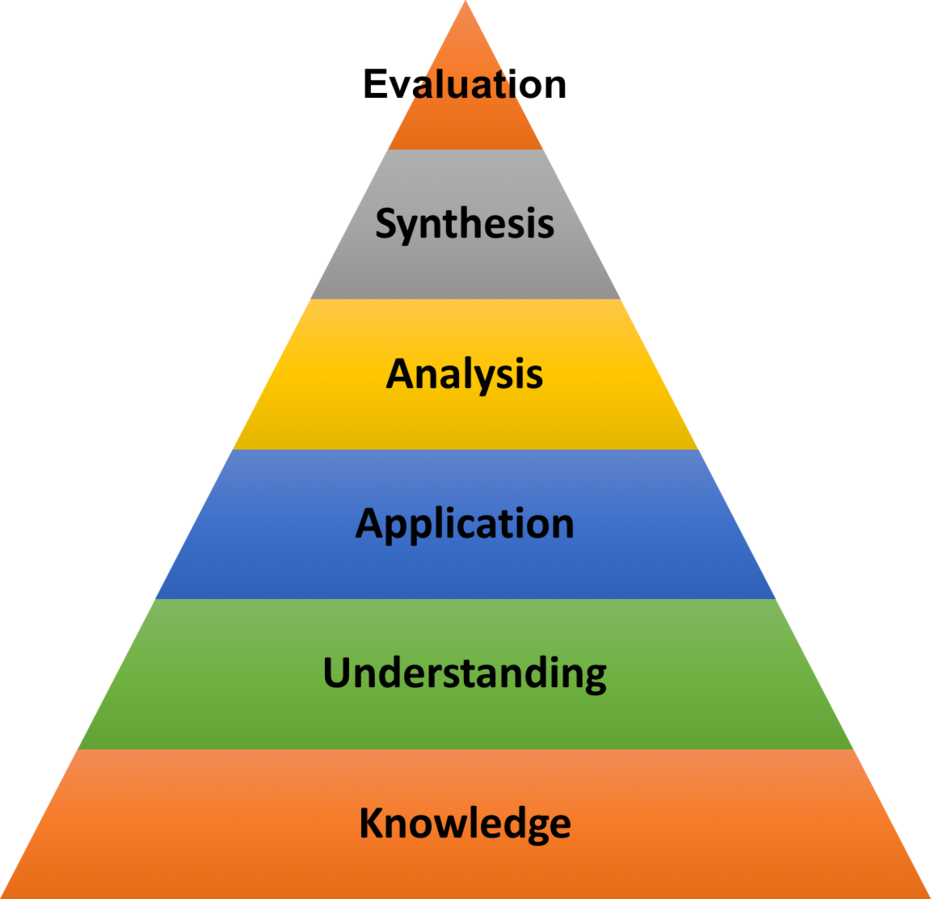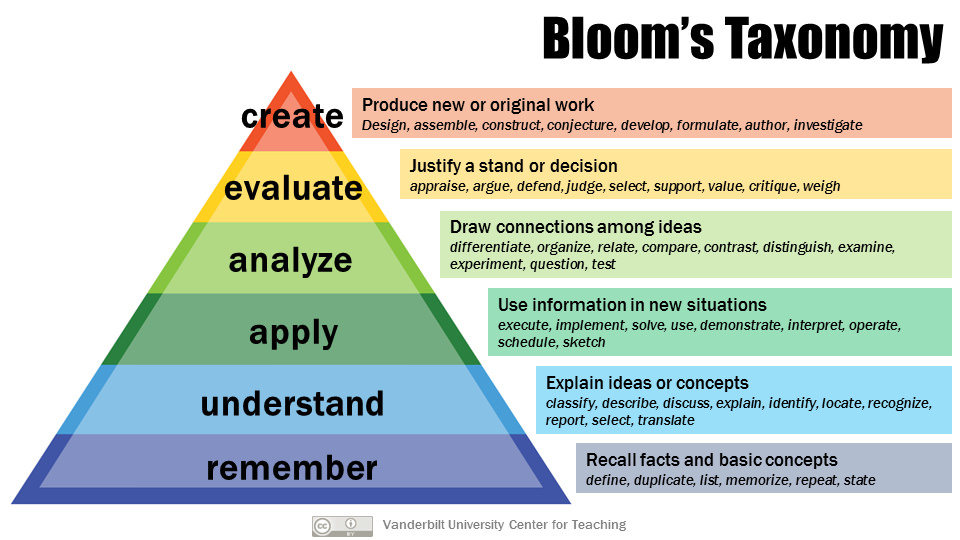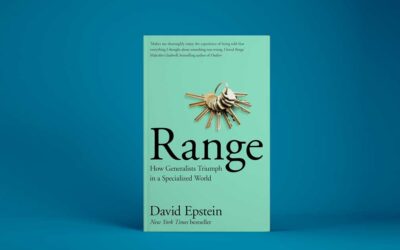Setting Learning Goals in Special Libraries
Lauren Hays
In our work, we often need to build educational sessions that include specific learning goals, but how do we know if a person understands or learns what we are trying to teach? How can they demonstrate that they met the learning goal?
To answer these questions, we must create learning goals that are measurable. In other words, we should consider how to develop learning goals that explicitly tell us if the session attendees learned what we are teaching. This leads to the question, how do we create learning goals that are measurable?
To create measurable learning goals, I recommend using verbs aligned with Bloom’s taxonomy. Bloom’s taxonomy is a framework for organizing educational goals created by Benjamin Bloom and colleagues. Originally, the framework had six categories (see below). At the base of the pyramid was knowledge and at the top was evaluation. Bloom created this framework to show how learning moves from simple (i.e. gaining knowledge) to complex (i.e. being able to evaluate information).

Image licensed under: CC BY-SA 4.0
https://commons.wikimedia.org/wiki/File:Blooms-pyramid.png
In the early 2000s, a group of researchers updated Bloom’s taxonomy with new category names that can be seen in the image below. In addition to the revised names, the researchers specified verbs that go with each category. These verbs describe what learners should be able to do when they reach that level of learning.

This revision of Bloom’s taxonomy is particularly useful to our work in libraries. When we are leading training, working with new hires, leading a session on research strategies, or doing something else that involves education, we can use Bloom’s taxonomy to write learning goals that are measurable. With measurable learning goals, we can determine if our teaching has been successful.
To write measurable learning goals start with the same stem: Attendees will, Learners will, etc. Then, select a verb that aligns with where you expect learners to be on Bloom’s taxonomy. If you expect learners to be at the remembering stage you will want to use words such as recall, list, or memorize. If you expect learners to be able to create, then you will want to use words such as design, develop, or investigate. For example,
Attendees will define…
Attendees will classify…
Attendees will select…
Finish the learning goal with what you want learners to do. For example,
Attendees will select the appropriate database for the information need.
Attendees will judge the reliability of information.
Attendees will recall where to locate the databases.
From here, you can build activities where learners select, judge, and recall (or whatever action verb you selected) to demonstrate their learning. These activities aligned with your learning goals will help you know if your teaching has been successful.
Lauren Hays
Lauren Hays, PhD, is an Assistant Professor of Instructional Technology at the University of Central Missouri. Please learn more about Lauren and read her other posts about skills for special librarians; then take a look at Lucidea’s powerful ILS, SydneyEnterprise, used daily by innovative special librarians.
Similar Posts
Interview with the Author: Saffady on Information Governance Technologies
Technology is at the heart of modern information governance, shaping how organizations manage records and ensure compliance. In this interview, expert William Saffady shares insights on the essential technologies driving the field and what information professionals need to know.
Reflections on David Epstein’s Range: How Generalists Triumph in a Specialized World
Lauren Hays explores “Range: How Generalists Triumph in a Specialized World” through a librarian’s lens, reflecting on the role of broad knowledge in critical thinking and problem-solving.
Interview with the Editor: Bobbi L. Newman on Well-Being in the Library Workplace
Enjoy Lauren Hays’ interview with Bobbi L. Newman on why workplace well-being matters, how managers can drive meaningful change, and what steps libraries can take to create a culture of trust and support.
Interview with the Author: Brighid Gonzales on Library Website Design
In her new book, Library Website Design and Development, Brighid M. Gonzales provides a step-by-step guide to help librarians create websites that engage and support their users. In this interview, Brighid shares insights on trends, opportunities, and best practices for building a strong library website.




Leave a Comment
Comments are reviewed and must adhere to our comments policy.
0 Comments